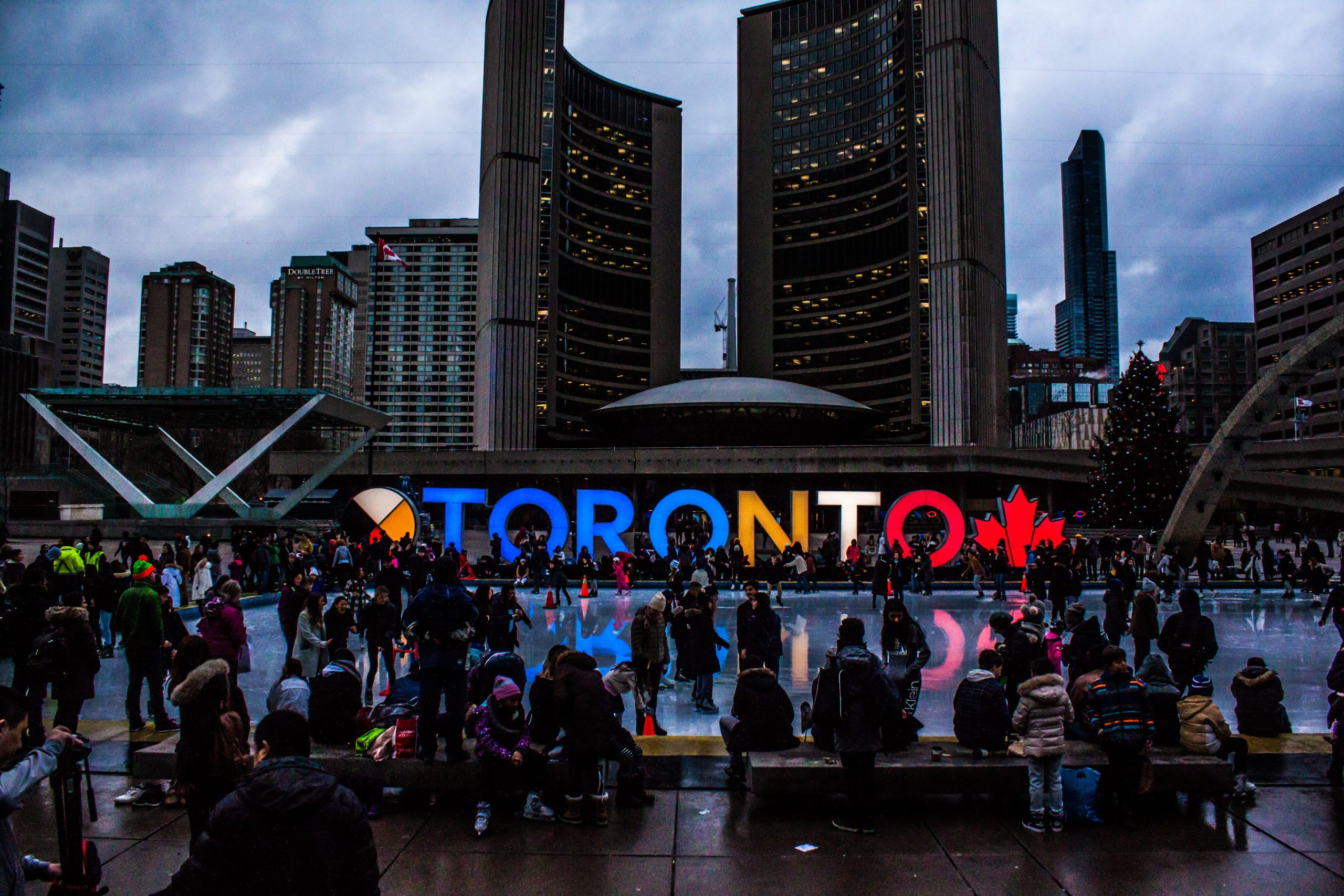1. Immigrants and their Offspring Born in Canada will Make Up Half of the Country’s Population in 2041, If Present Trends Continue There will be
“Unlocking the Future: A Fascinating Glimpse into Canada’s Citizenship Revolution in 2041 – Brace Yourself for Surprises!”

Table of Contents
1. Immigrants and their Offspring Born in Canada will Make Up Half of the Country’s Population in 2041, If Present Trends Continue
There will be 47.7 million people living in Canada by 2041 , of which 25.0 million will be immigrants or the offspring of immigrants, making up 52.4% of the overall population. This group made up 40.0% of all Canadian Citizens with 14.4 million residents as of 2016.
The estimated percentage for 2041 could vary based on the projection scenario, from 49.8% to 54.3%. Several scenarios are put forth to quantify the sensitivity of forecasts.
2. In 2041, the Percentage of Immigrants in the Canadian Population Reached a Record High
The most recent demographic forecasts for Canada show that immigration is expected to continue to be the primary factor driving population growth during the ensuing decades. Consequently, the percentage of immigrants in the Canadian population may increase from 21.9% in 2016 to 29.1% to 34.0% in 2041, contingent upon the scenario chosen. This would be a record-high level since the Canadian Confederation in 1867.
3. Roughly 2 out of 5 Canadians will Belong to a Racially Marginalized Minority in 2041
The term “racialized” population pertains to individuals who are members of a visible minority group. Statistics Canada has been gathering this data since the 1996 Census of Population which attempts to combat discrimination in the hiring of specific groups (women, Indigenous peoples, individuals with disabilities, and members of a racialized group).
There could be 16.4 million to 22.3 million racialized persons by 2041. Therefore, 38.2% to 43.0% of the Canadian population might be classified as the racialized population.
4. Youth are Expected to Make Up a Larger Percentage of the Population that Belongs to a Racialized Group
The percentage of the population that identifies as racialized and the expected rate of growth of this percentage differ for each age group. The percentage of the racialized population in younger cohorts would vary depending on the projection scenario.
It may range from 44.0% to 49.7% for children ages 0 to 14. In the working-age population (15–64 years old), the percentage of coloured individuals would increase from 23.3% in 2016 to between 42.1% and 47.3% in 2041.
5. The Main Immigration Hubs Would Still be in Toronto, Montréal, and Vancouver
Canada’s biggest cities saw a concentration of immigrants in 2016 . Toronto, Montréal, and Vancouver will be three main locations of residence for immigrants in 2041 , with the great majority of immigrants still living in CMAs. This stark difference in the nation’s urban and rural areas is reminiscent of some of the current issues brought on by their unique demographic dynamics. For instance, pressures on the housing market and the growth of urban infrastructure, as well as the decline in the relative population of the nation’s rural areas.
6. Four Out of Five Torontonians will have Immigrant Parents or be Foreign-Born in 2041
Greater Toronto Area would be the country’s most populous metropolitan area and the site of the greatest immigrant population . The majority group among the racialized population would still be South Asian. This racialized group could increase from 1.0 million in 2016 to between 2.3 million and 3.2 million, depending on the projection scenario. In 2041, the reference scenario projects that the South Asian group alone would make up 38.6% of Toronto’s total racialized population.



